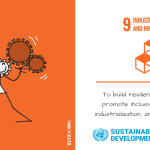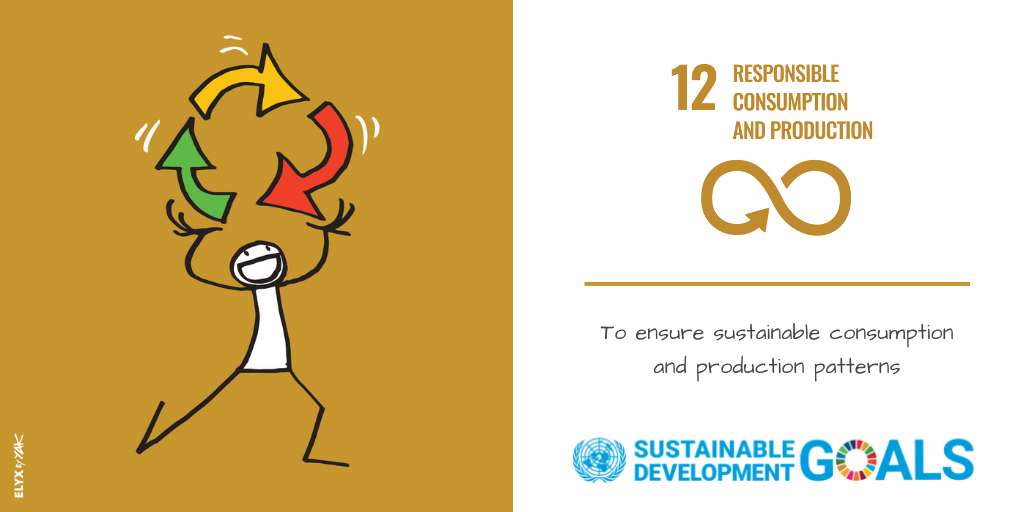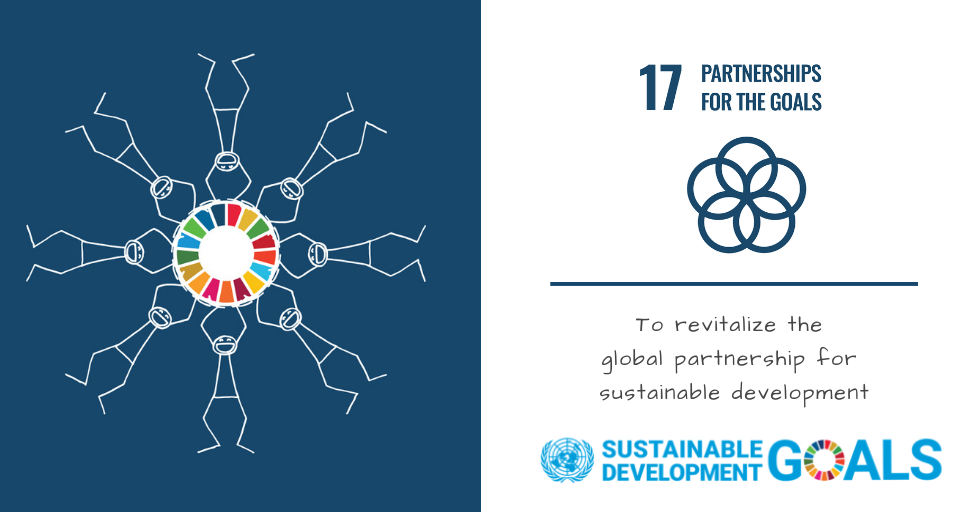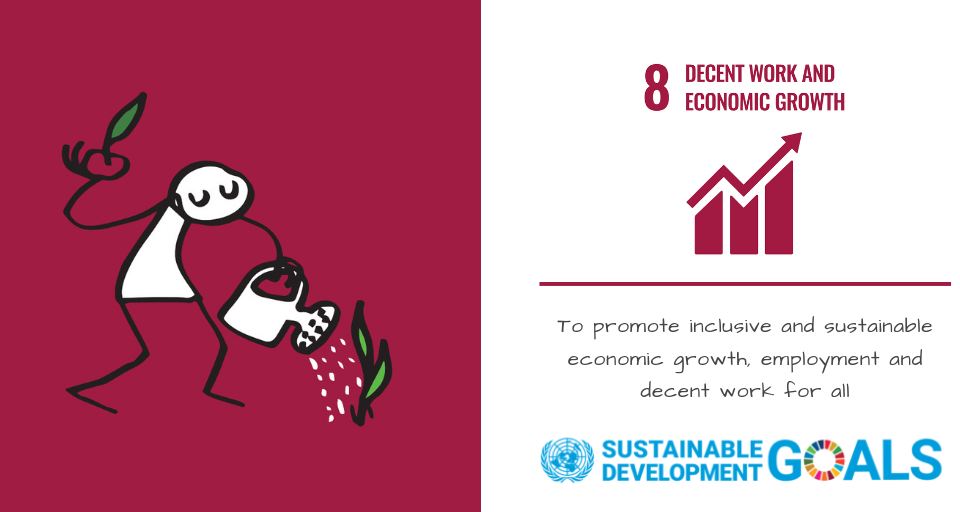
SDG 9 – Industry, Innovation & Infrastructure: The Role of STEM Education

SDG 17 – Partnerships for the Goals
1. Introduction to SDG 12 – Responsible Consumption and Production
Sustainable Development Goal 12 (SDG 12) calls for sustainable consumption and production patterns that decouple growth from environmental degradation. It focuses on using fewer resources, reducing waste and pollution, and designing systems that are efficient, equitable, and circular. For Than Institute, integrating SDG 12 into STEM means teaching students to build technology responsibly—from energy-aware code and low-waste prototyping to life-cycle thinking and eco-design. This alignment equips learners to create solutions that deliver value for people while safeguarding the planet.
Key Points
- SDG 12 prioritizes efficiency, circularity, and reduced pollution.
- STEM can translate sustainability goals into practical solutions.
- Than Institute embeds responsible innovation across programs.
2. The Core Targets of SDG 12
SDG 12’s eleven targets span sustainable resource management, halving food waste, sound chemicals/waste handling, corporate sustainability reporting, public procurement that favors greener options, and education for sustainable lifestyles. Interpreted for STEM, these targets encourage life-cycle assessment, clean manufacturing concepts, renewable energy adoption, and data-driven monitoring of material and energy flows. At Than Institute, they inform module outcomes, lab practices, and partnership briefs so that learners practice sustainability as a core engineering and design constraint—not an afterthought.
Key Points
- Efficient resource use and pollution prevention.
- Greener procurement and sustainability reporting.
- Education that promotes sustainable lifestyles and choices.
- Safe, responsible chemicals and waste management.
3. Why SDG 12 Matters for STEM Education
The world’s environmental limits require engineers, technologists, and data scientists who can design for performance and responsibility. SDG 12 links STEM learning to real decisions about materials, energy, emissions, and end-of-life. Aligning curricula to SDG 12 ensures students learn to quantify impacts, optimize designs, and make trade-offs transparently. For Than Institute, this creates graduates who are both technically strong and sustainability-literate, ready to help companies and communities transition to cleaner production and smarter consumption.
Key Points
- STEM translates sustainability into measurable design choices.
- Students practice life-cycle and impact trade-off thinking.
- Graduates support greener businesses and community solutions.
4. Key Benefits of SDG 12 in Advancing STEM Education
4.1 Promoting Resource Efficiency in STEM Learning
Resource-efficient learning reduces costs and environmental footprints while sharpening engineering discipline. Than Institute teaches students to minimize bill-of-materials, right-size power budgets, and refactor code for compute efficiency. Labs model best practices—device sharing, safe chemical use, and energy monitoring—so the learning environment itself demonstrates sustainable operations.
Key Points
- Design for minimal materials, power, and compute.
- Lab operations that model efficient, safe practices.
- Cost savings align with environmental benefits.
4.2 Encouraging Sustainable Innovation and Design
Sustainability becomes a creativity catalyst when embedded in design briefs. Students use eco-design checklists, explore renewable energy integrations, and prototype low-impact packaging or hardware enclosures. Than Institute’s design-thinking flow includes impact mapping and end-of-life pathways so that prototypes consider durability, repairability, and recyclability from day one.
Key Points
- Eco-design methods and checklists in every brief.
- Renewables and low-impact materials by default.
- Repairability and recyclability designed in early.
4.3 Reducing Waste Through STEM-Based Solutions
Waste prevention and valorization are prime STEM challenges. Learners build sorting sensors, recycling apps, composters, and dashboards that track material flows. Projects test circular strategies like modular components and upcycling jigs. These solutions help schools and SMEs cut landfill loads and extract value from by-products.
Key Points
- Data and sensors reveal waste hotspots to target.
- Circular design reduces scrap and extends product life.
- Apps and dashboards guide better everyday decisions.
4.4 Supporting Green Jobs and Circular Economy Skills
SDG 12 aligns directly with fast-growing green job markets—renewables, efficiency services, sustainable manufacturing, and waste management. Than Institute maps skills to these roles: energy audits, life-cycle assessment (LCA), basic environmental monitoring, and circular business models. Graduates can enter green roles or help mainstream firms adopt circular practices at scale.
Key Points
- Career-aligned skills: LCA, audits, monitoring, circular models.
- Pathways into renewables, eco-manufacturing, and resource recovery.
- Helps SMEs mainstream sustainability practices.
4.5 Building Environmental Awareness Among Students
Responsible consumption begins with informed choices. Than Institute weaves reflection prompts, footprint calculators, and ethics discussions into modules so students connect personal and professional decisions to environmental outcomes. This develops habits—thoughtful purchasing, efficient device use, proper disposal—that ripple outward to families and communities.
Key Points
- Tools and prompts make impacts visible and actionable.
- Ethics and responsibility embedded in technical courses.
- Personal habits reinforce community-level change.
5. Than Institute’s Role in Supporting SDG 12 through STEM
Than Institute operationalizes SDG 12 with green lab protocols, eco-design rubrics, and partnerships that provide refurbished equipment, e-waste collection, and renewable demos. Capstones require impact metrics (energy saved, waste avoided), while scholarships and outreach ensure motivated learners from all backgrounds can participate in sustainability-focused programs and competitions.
Key Points
- Green protocols and assessment rubrics guide every project.
- Partnerships enable equipment access and real pilots.
- Inclusive pathways broaden participation in green STEM.
6. Real-World Impact: Case Studies & Examples
Student teams have built solar-powered water filtration prototypes, classroom energy-tracking apps that cut usage, and low-cost composting units for school canteens. Pilots with community partners reduced monthly waste hauling and provided data for green procurement decisions, while learners earned internships with eco-tech SMEs based on their portfolios and measured outcomes.
Key Points
- Prototypes delivered measurable savings and behavior change.
- Data informed greener purchasing and facility management.
- Portfolios unlocked internships in sustainability roles.
7. Challenges and Future Outlook
Barriers include higher upfront costs for sustainable materials, uneven access to green tech in rural areas, and limited LCA/measurement skills. Than Institute’s roadmap: device-lending and mobile labs, open datasets and calculators for impact measurement, a mentor marketplace spanning green industries, and transparent reporting of program metrics (kWh saved, kg waste diverted) to guide continuous improvement and partnerships.
Key Points
- Close access gaps with lending libraries and mobile delivery.
- Build measurement literacy with simple, open tools.
- Report impact metrics to focus resources where they matter.
8. Conclusion
SDG 12 turns STEM education into a force for responsible growth—where every project balances performance with planet. By embedding eco-design, measurement, and circular thinking, Than Institute graduates innovators who can reduce waste, conserve resources, and lead the shift to sustainable production and consumption across Malaysia and beyond.
Key Points
- STEM + SDG 12 = practical, measurable sustainability.
- Eco-design and metrics create accountable innovation.
- Graduates power circular, resilient communities and industries.



